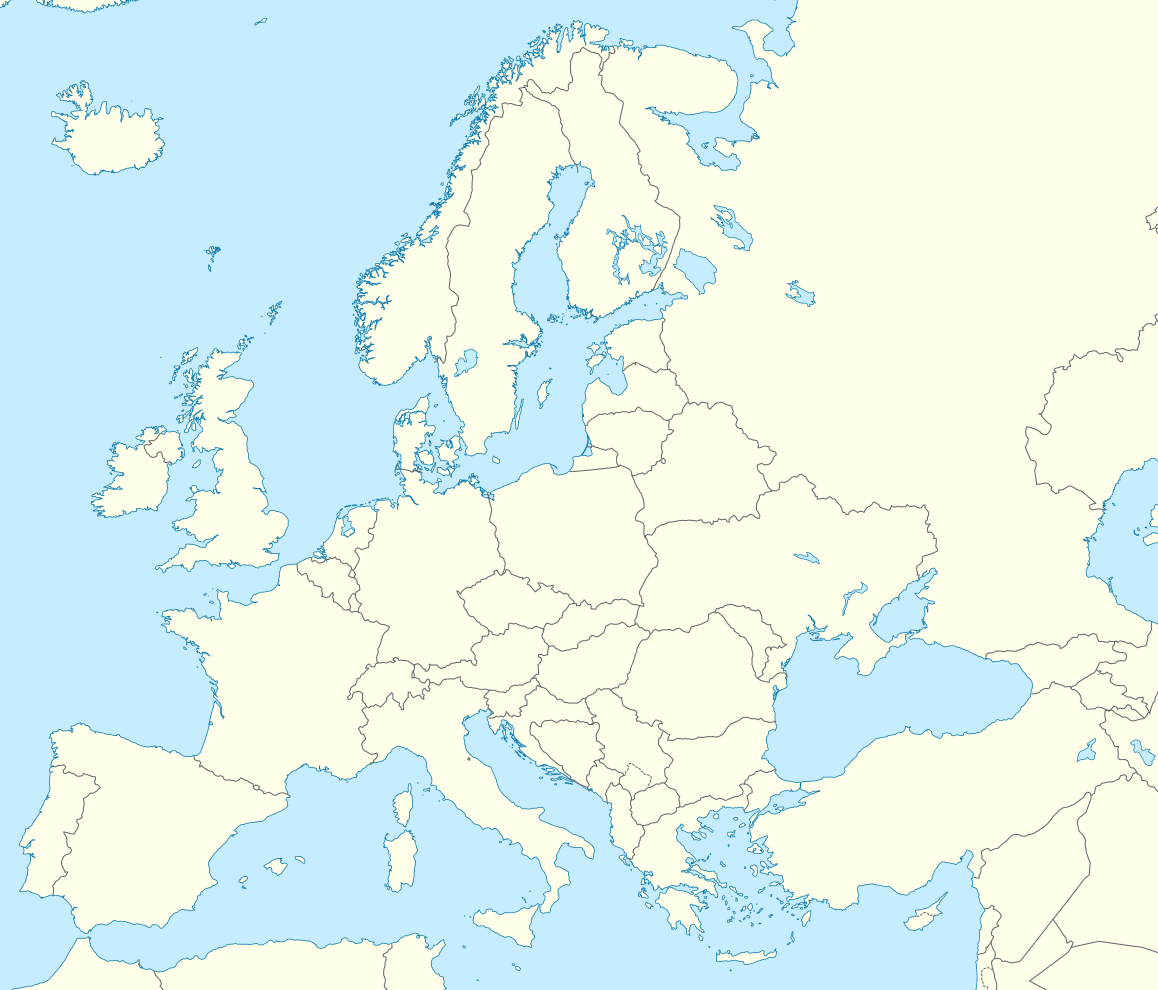Micoquien
.jpg) | |
| Geographical range | Europe |
|---|---|
| Period | Middle Paleolithic |
| Dates | c. 130,000 – c. 70,000 BCE |
| Type site | La Micoque |
| Major sites | Balve Cave, Eem, Les Eyzies-de-Tayac-Sireuil |
| Preceded by | Acheulean, Mousterian |
| Followed by | Mousterian |
| The Paleolithic |
|---|
|
↑ Pliocene (before Homo) |
|
Lower Paleolithic
Middle Paleolithic
Upper Paleolithic
|
| ↓ Mesolithic ↓ Stone Age |
The Micoquien is an early middle paleolithic industry, that is found in the Eemian and in early episode of the Würm glaciation (about 130,000 to 70,000 BCE). The Micoquien is distinguished technologically by the appearance of distinctly asymmetrical bifaces. Its discoverer and namer was the archeologist and art trader Otto Hauser.[1][2][3] Hauser then sold a great number of so-called Micoque-wedges that he found in excavations in La Micoque (in Les Eyzies-de-Tayac-Sireuil, Dordogne, France) to museums and collectors.
The specially formed handaxes from La Micoque exhibited an often a rounded base. The problem with the term Micoquien is that later excavations have revealed an older time placement for the La Micoque axes, which are now dated in the Riss glaciation.[4][5]
A wider artifact from the Micoquien is the Keilmesser (bifacially worked knife), which has a clearer chronology in Central Europe. From this some archeologists have proposed substituting the term Keilmesser group for Micoquien.[6]
Micoquien artifacts are distributed across all of Eastern Europe and Central Europe. In Germany they can be found at Balver Höhle and Lonetal.
Notes
- ↑ Hauser, O. (1906-1907), La Micoque (Dordogne), und ihre Resultate für die Kenntnis der paläolithischen Kultur.- 1. Teil; Basel.. Technologisch bilden die Werkzeuge des Micoquien einen Übergang vom Spät-Acheuléen zum Moustérien
- ↑ Hauser, O. (1916), La Micoque, die Kultur einer neuen Diluvialrasse. Leipzig.
- ↑ Hauser, O. (1916), Über eine neue Chronologie des mittleren Paläolithikums im Vézèretal. Dissertation Erlangen. Leipzig.
- ↑ Rolland, N. (1986), Recent Findings from La Micoque and other Sites in South-Western and Mediterranean France: Their Bearing on the "Tayacian" Problem and Middle Palaeolithic Emergence.- In: Bailey and Callow (Ed.): Stone Age Prehistory. Studies in Memory of Charles McBurney; Cambridge University Press; Cambridge; 121-151.
- ↑ Rosendahl, G. (1999), La Micoque und das Micoquien in den altsteinzeitlichen Sammlungen des Reiss-Museums Mannheim.- Mannh. Geschichtsblätter N. F. 6; Ubstadt-Weiher; 315-351
- ↑ Jöris, O. (2004), Zur chronostratigraphischen Stellung der spätmittelpaläolithischen Keilmessergruppen. Der Versuch einer kulturgeographischen Abgrenzung einer mittelpaläolithischen Formengruppe und ihr europäischer Kontext. 84. Ber. Röm.-German. Komm.
References
- Debénath, A.; Rigaud, J.-Ph. (1986), Le gisement de La Micoque.- in: Rigaud, J.-Ph. (dir.): Informa-tions archéologiques: circonscription d'Aquitaine; Gallia Préhist. 29; CNRS; Paris; 236-237.
- Debénath, A.; Rigaud, J.-Ph. (1991), La Micoque.- Gallia Informations Préhistoire et Histoire; 1991-1; CNRS; Paris; 21-25.
- Hauser, O. (1916), La Micoque, die Kultur einer neuen Diluvialrasse. Leipzig.
- Peyrony, D. (1933), La Micoque et ses diverses industries.- XVe Congrès International d'Anthropolo-gie et d'Archéologie Préhistorique (suite), Ve Session de l'Institut International d'Anthropologie; Paris 20-27 Septembre 1931; Librairie E. Nourry; Paris; Extrait; 1-6.
- Peyrony, D. (1938), La Micoque. Les fouilles récentes. Leur signification.- Bulletin de la Société Pré-historique Française 35; Paris; 121; 257-288.
- Rosendahl, G. (1999), La Micoque und das Micoquien in den altsteinzeitlichen Sammlungen des Reiss-Museums Mannheim.- Mannh. Geschichtsblätter N. F. 6; Ubstadt-Weiher; 315-351.
External links
 Media related to Micoquien at Wikimedia Commons
Media related to Micoquien at Wikimedia Commons- (German) Geröllgeräte-Industrien
- (German) Rosendahl, G. (2004), Die oberen Schichten von La Micoque.
